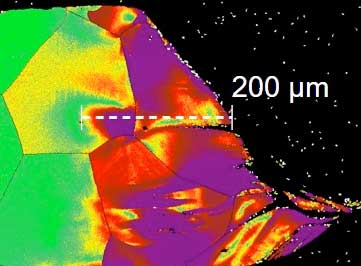 Soft magnetic materials are required for electrical motors, and their magnetic properties depend on their composition and structure. This methodology examines both.
Soft magnetic materials are required for electrical motors, and their magnetic properties depend on their composition and structure. This methodology examines both.
Nov 14th, 2017
Read more
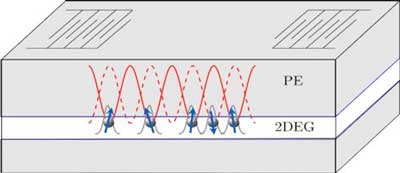 International team of scientist develops new concept for trapping and manipulating electrons with sound waves.
International team of scientist develops new concept for trapping and manipulating electrons with sound waves.
Nov 14th, 2017
Read more
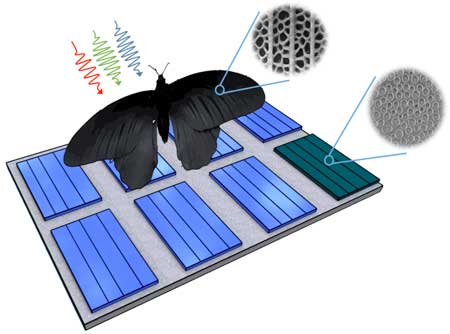 The wings of the butterfly Pachliopta aristolochiae are drilled by nanostructures (nanoholes) that help absorbing light over a wide spectrum far better than smooth surfaces. Researchers have now succeeded in transferring these nanostructures to solar cells.
The wings of the butterfly Pachliopta aristolochiae are drilled by nanostructures (nanoholes) that help absorbing light over a wide spectrum far better than smooth surfaces. Researchers have now succeeded in transferring these nanostructures to solar cells.
Nov 14th, 2017
Read more
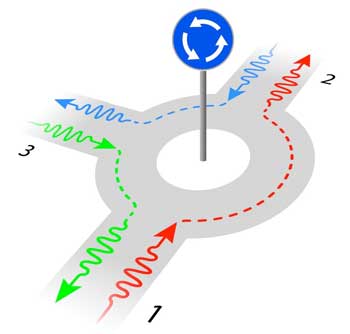 Researchers have built compact photon directional devices. Their micrometer-scale, nonmagnetic devices route microwave photons and can shield qubits from harmful noise.
Researchers have built compact photon directional devices. Their micrometer-scale, nonmagnetic devices route microwave photons and can shield qubits from harmful noise.
Nov 14th, 2017
Read more
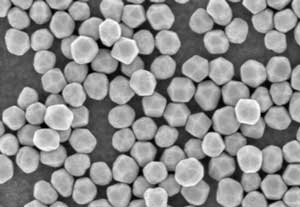 Novel delivery system targets cancerous bone lesions.
Novel delivery system targets cancerous bone lesions.
Nov 14th, 2017
Read more
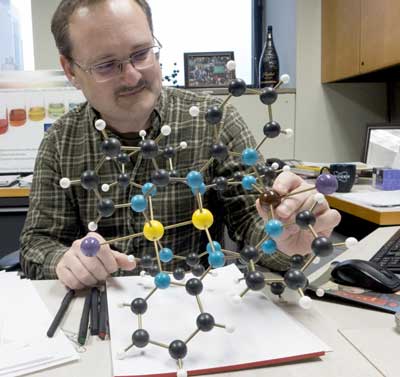 The spins of unpaired electrons are the root of permanent magnetism, and after 10 years of design and re-design, researchers have made a molecule that gains magnetic strength through an unusual way of controlling those spins.
The spins of unpaired electrons are the root of permanent magnetism, and after 10 years of design and re-design, researchers have made a molecule that gains magnetic strength through an unusual way of controlling those spins.
Nov 13th, 2017
Read more
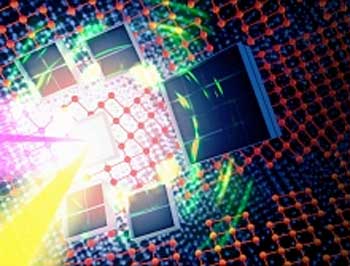 A new way to observe this deformation as it happens can help study a wide range of phenomena, from meteor impacts to high-performance ceramics used in armor, as well as how to protect spacecraft from high-speed dust impacts.
A new way to observe this deformation as it happens can help study a wide range of phenomena, from meteor impacts to high-performance ceramics used in armor, as well as how to protect spacecraft from high-speed dust impacts.
Nov 13th, 2017
Read more
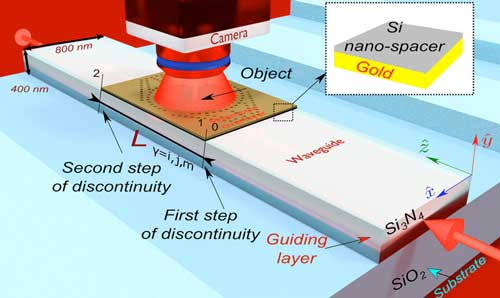 Researchers have conceived a new method that deflects and scatters light away from a 'cloaking' chip surface so it is not detected.
Researchers have conceived a new method that deflects and scatters light away from a 'cloaking' chip surface so it is not detected.
Nov 13th, 2017
Read more
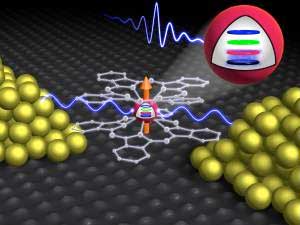 Scientists have quantum mechanically implemented and successfully executed Glover?s algorithm, a process for the quick finding of a search element in unsorted databases.
Scientists have quantum mechanically implemented and successfully executed Glover?s algorithm, a process for the quick finding of a search element in unsorted databases.
Nov 13th, 2017
Read more
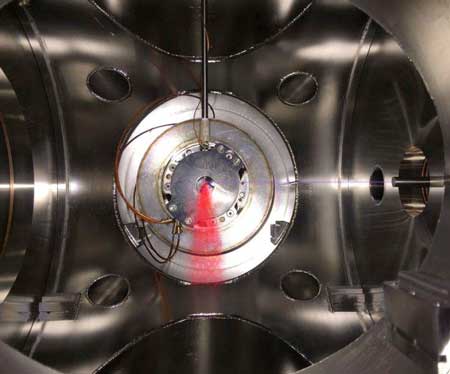 In a unique experiment, researchers have clocked how long it takes for an electron to be emitted from an atom. The result is 0.000 000 000 000 000 02 seconds, or 20 billionths of a billionth of a second.
In a unique experiment, researchers have clocked how long it takes for an electron to be emitted from an atom. The result is 0.000 000 000 000 000 02 seconds, or 20 billionths of a billionth of a second.
Nov 13th, 2017
Read more
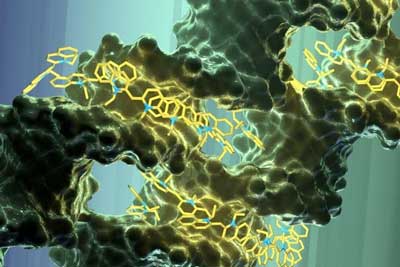 Novel structures made with DNA scaffolds could be used to create solar-powered materials.
Novel structures made with DNA scaffolds could be used to create solar-powered materials.
Nov 13th, 2017
Read more
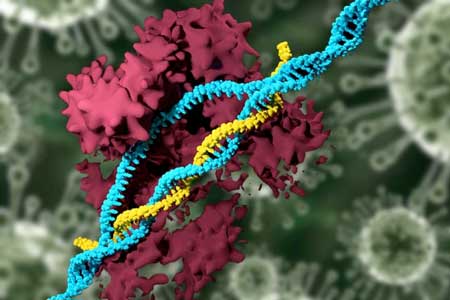 New delivery system deletes disease-causing genes and reduces cholesterol.
New delivery system deletes disease-causing genes and reduces cholesterol.
Nov 13th, 2017
Read more
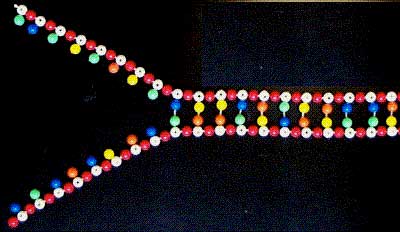 Researchers have developed a method that allows large amounts of genetic information to be compressed and then decompressed again in cells. This could aid in the development of new therapies.
Researchers have developed a method that allows large amounts of genetic information to be compressed and then decompressed again in cells. This could aid in the development of new therapies.
Nov 13th, 2017
Read more
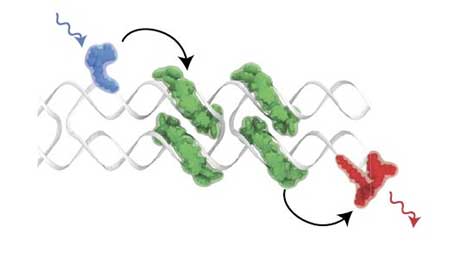 A new study outlines the design of a synthetic system for energy gathering, conversion and transport that may point the way to innovations in solar energy, materials science, nanotechnology and photonics.
A new study outlines the design of a synthetic system for energy gathering, conversion and transport that may point the way to innovations in solar energy, materials science, nanotechnology and photonics.
Nov 13th, 2017
Read more
 Living cell culture learning process to be implemented for the first time.
Living cell culture learning process to be implemented for the first time.
Nov 13th, 2017
Read more
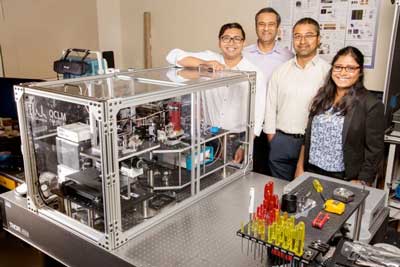 A team of bioengineers has taken a new look at an old tool to help characterize a class of materials called metal organic frameworks.
A team of bioengineers has taken a new look at an old tool to help characterize a class of materials called metal organic frameworks.
Nov 13th, 2017
Read more
 Soft magnetic materials are required for electrical motors, and their magnetic properties depend on their composition and structure. This methodology examines both.
Soft magnetic materials are required for electrical motors, and their magnetic properties depend on their composition and structure. This methodology examines both.















 Subscribe to our Nanotechnology News feed
Subscribe to our Nanotechnology News feed